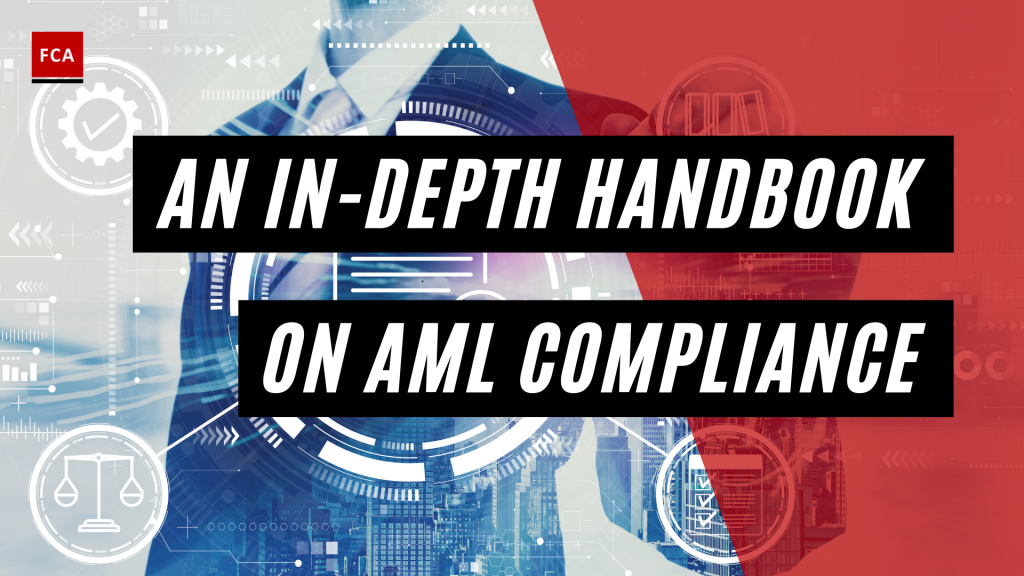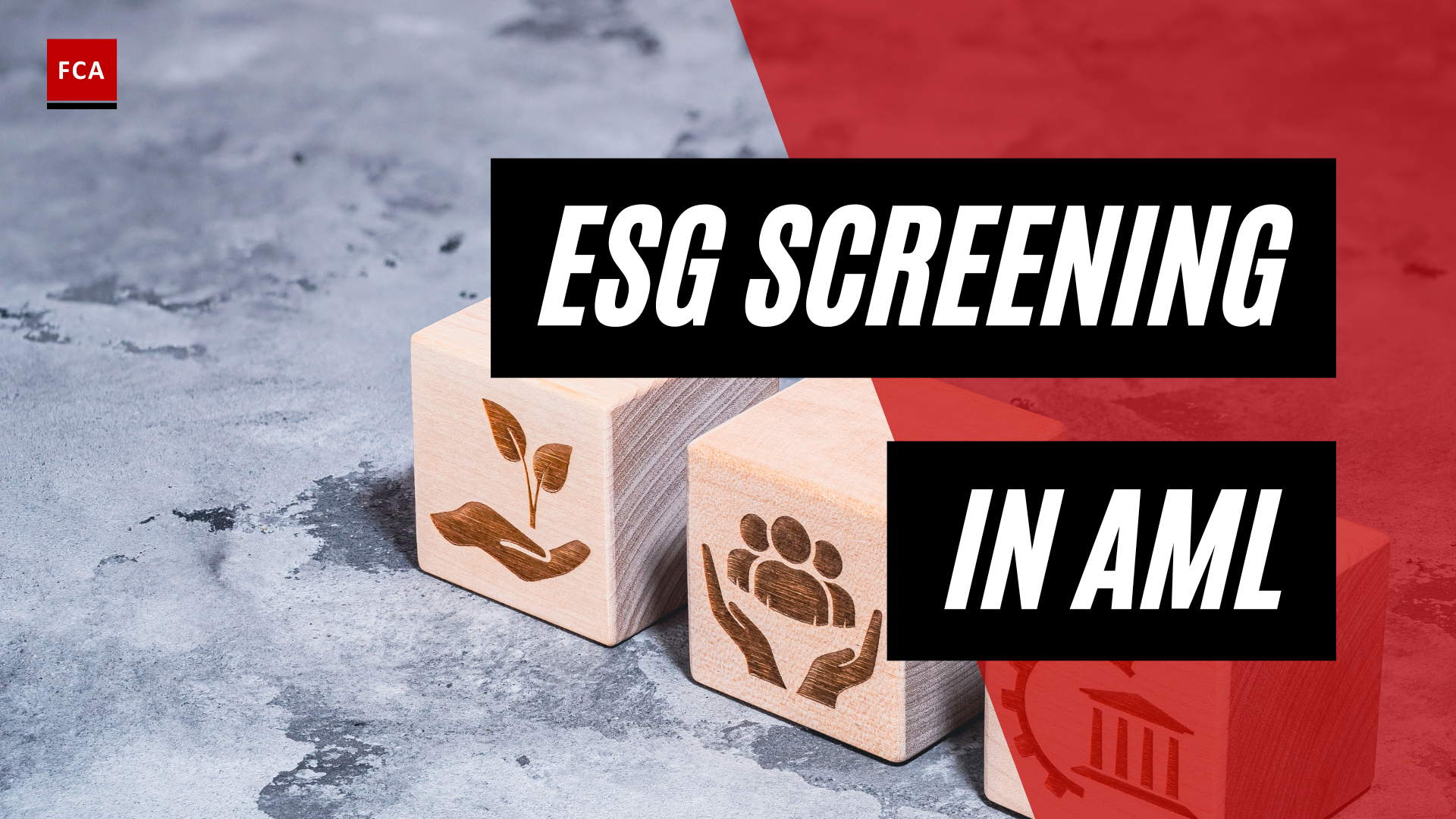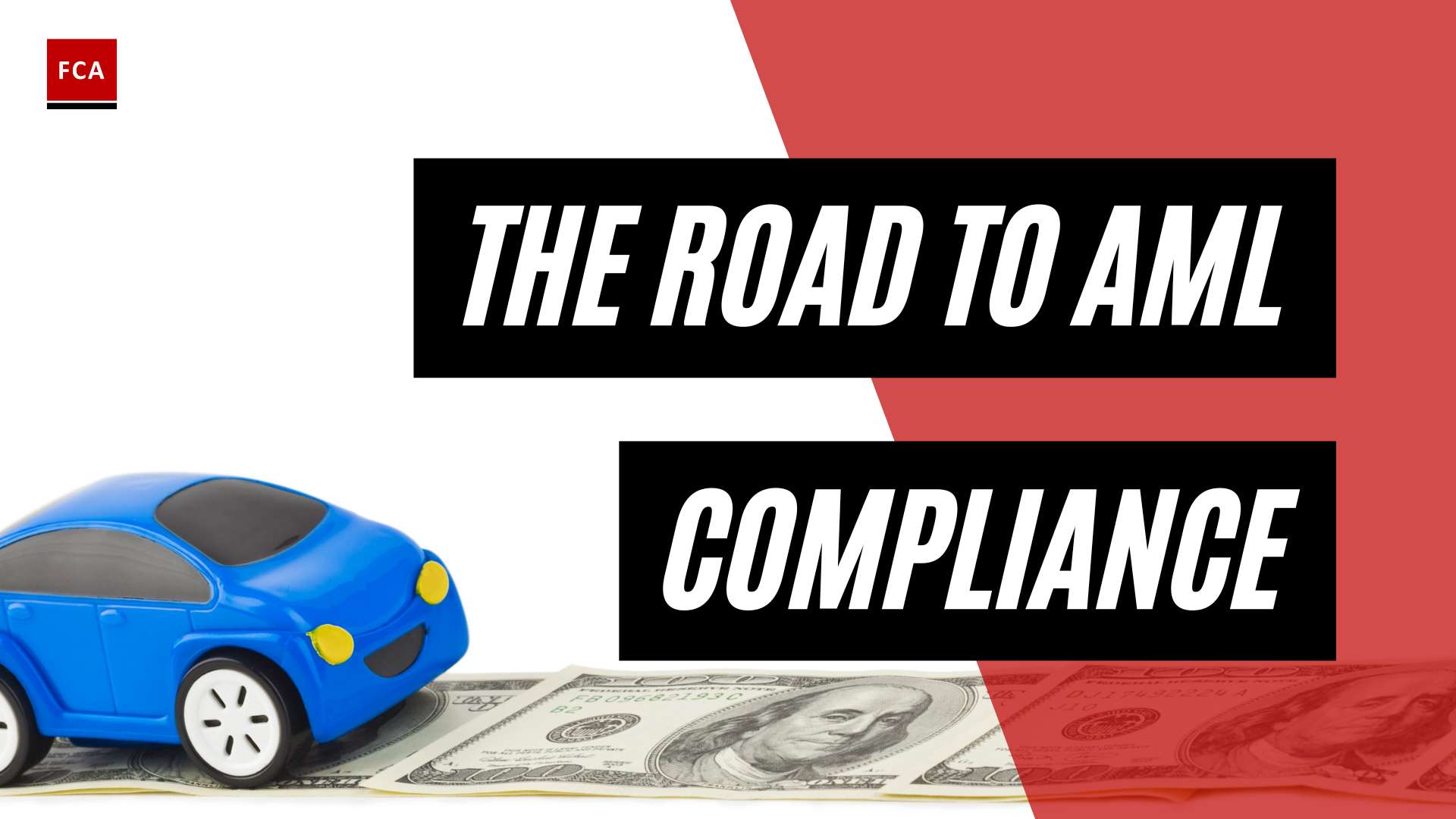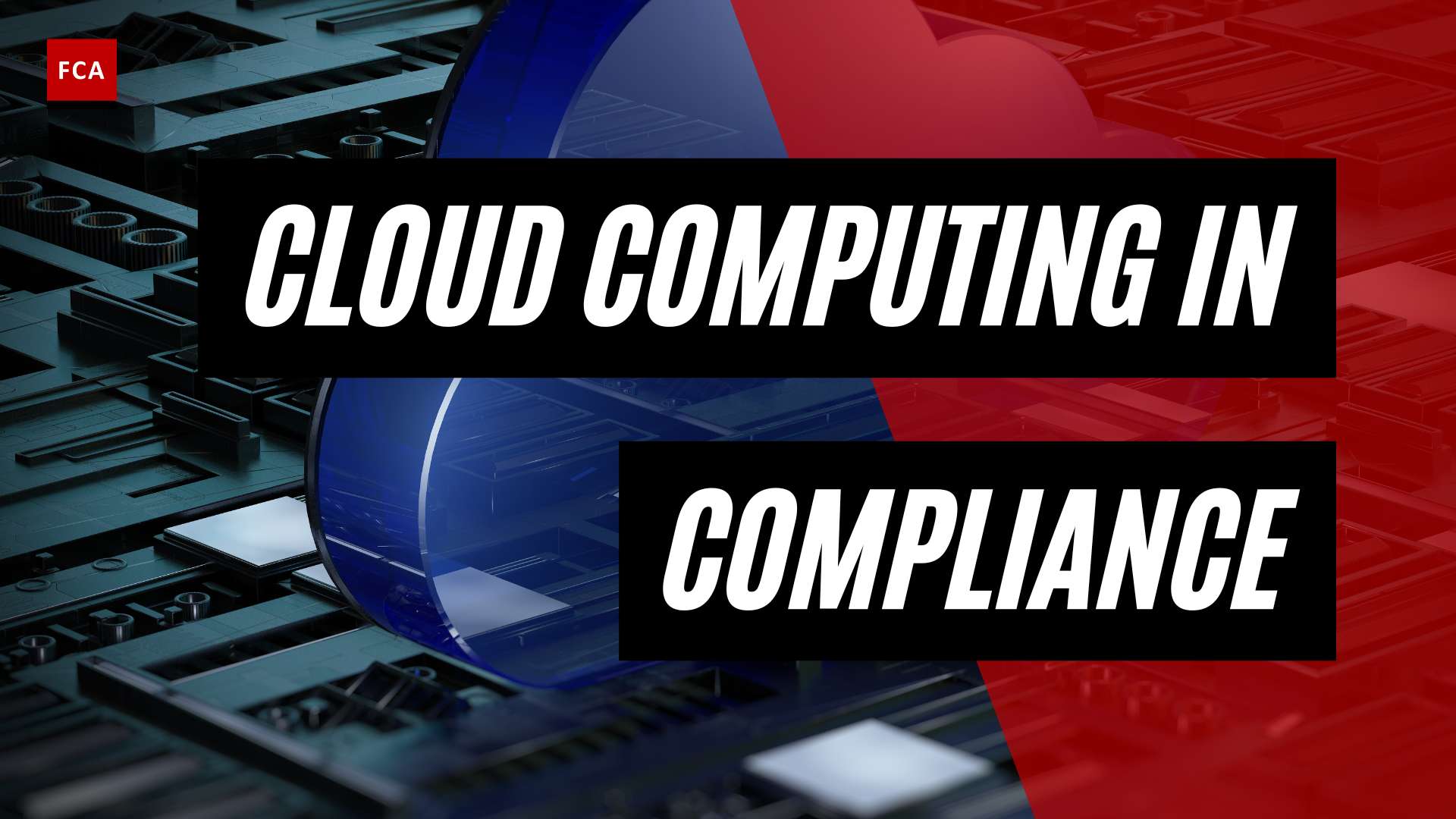In 2020, Westpac, one of Australia’s largest banks, faced a staggering $1.3 billion fine for failing to comply with anti-money laundering (AML) regulations. This colossal penalty, the highest ever imposed on an Australian bank, underscores the dire consequences of inadequate AML compliance measures. In a world where financial crimes are becoming increasingly sophisticated, a comprehensive AML compliance program is essential for financial institutions to mitigate risks, avoid penalties, and maintain a strong reputation in the industry.
In this blog post, we will explore the core components of an effective AML compliance program, delve into the global regulations and standards that govern AML efforts, and examine the technologies and solutions that can streamline the compliance process. By the end, you will have a solid understanding of the key elements required to establish and maintain a robust AML compliance program.
Key Takeaways
AML compliance is essential for businesses to protect against money laundering activities and adhere to global regulations.
It consists of five key components, including a designated compliance officer, internal policies and procedures, employee training & awareness programs, risk assessment & management processes and independent audits & reviews.
Technologies such as AI tools can be leveraged to improve AML efforts while building an experienced team with ongoing training helps maintain strong AML compliance.
Understanding AML Compliance

AML compliance refers to the implementation of policies, procedures, and systems that are designed to prevent, detect, and report money laundering and terrorist financing activities in adherence with global regulations. Money laundering is the process of concealing the illicit origins of funds and integrating them into the legitimate financial system. In response to the growing threat of money laundering and its links to other financial crimes, governments worldwide have established anti money laundering aml programs and legislation, such as the Bank Secrecy Act in the United States, to combat these nefarious activities.
Financial institutions and other businesses handling financial transactions must prioritize achieving AML compliance. Non-compliance can lead to severe penalties, damage to the institution’s reputation, and increased regulatory scrutiny. Therefore, businesses need to establish and sustain a robust AML program to protect against potential risks and guarantee adherence to pertinent regulations.
Key Components of an Effective AML Compliance Program

Five key pillars construct an effective AML compliance program:
A designated compliance officer
Internal policies and procedures
Employee training and awareness
Risk assessment and management
Independent audits and reviews
Comprehending and executing these components allow financial institutions to cultivate a strong compliance culture and stay alert towards money laundering and terrorist financing activities.
Designated Compliance Officer
The role of a designated compliance officer involves supervising the implementation and enforcement of an organization’s AML policies, assuring regulation compliance, and keeping communication open with pertinent authorities. This individual should possess extensive experience in the financial sector, preferably in AML compliance, legal or internal risk audits, and hold appropriate certifications, such as CAMS (Certified Anti-Money Laundering Specialist), CAFP (Certified AML and Fraud Professional), or CRCM (Certified Regulatory Compliance Manager).
The responsibilities of the AML compliance officer include:
Acting as the primary liaison between the organization and regulatory authorities
Communicating with authorities and auditors
Informing senior management
Suggesting changes to AML policies based on audits and reports
In essence, the compliance officer plays a pivotal role in ensuring that an organization’s AML program is effective, up-to-date, and adheres to all relevant regulations.

Internal Policies and Procedures
AML compliance programs are fundamentally supported by internal policies and procedures. These guidelines should be tailored to the organization’s specific needs and risks, focusing on customer due diligence, transaction monitoring, and reporting suspicious activities. A well-designed AML policy not only helps organizations comply with regulations but also enables them to proactively detect and prevent money laundering and terrorist financing activities.
For the effectiveness of internal policies and procedures, regular assessment and updates are necessary to accommodate evolving risks, innovative techniques, and changes in the customer base. This includes conducting business-wide risk assessments to identify potential risks associated with a particular AML jurisdiction and implementing appropriate risk-based procedures to mitigate these risks.
Employee Training and Awareness
Maintaining AML compliance heavily relies on employee training and awareness programs. Regular training sessions should be conducted to ensure that staff members understand their roles and responsibilities in upholding the organization’s AML policies and procedures. Training topics may include customer due diligence, transaction monitoring, and reporting of suspicious activity, among others.
Raising awareness across various teams and departments is fundamental to make sure all employees grasp the importance of AML compliance and are capable of accurately identifying and reporting suspicious activities. By fostering a culture of compliance within the organization, businesses can better safeguard themselves against the risks associated with money laundering and terrorist financing.

Risk Assessment and Management
Identifying and evaluating potential money laundering and terrorist financing risks, along with the implementation of appropriate controls to lessen these risks, comprise risk assessment and management. This process is crucial for an effective AML compliance program, as it enables organizations to prioritize resources and focus on higher-risk areas.
Beyond risk assessment, conducting ongoing customer monitoring and their activities is fundamental to detect red flags, discrepancies, or any potential issues that may surface. Organizations must implement a risk-based approach, as mandated by the Customer Due Diligence (CDD) rule. This requires assessing customers and transaction requests based on their level of risk. Those with higher risk require greater oversight to mitigate the potential for fraudulent transactions. In this process, maintaining strong customer relationships is crucial for effective communication and trust-building. Implementing ongoing customer due diligence can further enhance the effectiveness of this approach.
Independent Audits and Reviews
AML compliance programs are fundamentally comprised of independent audits and reviews. By conducting periodic audits and reviews, organizations can assess the effectiveness of their AML program and identify areas for improvement. These audits should be performed by qualified professionals who possess comprehensive knowledge of AML regulations and are not involved in the development of the organization’s AML compliance program.
Audits and reviews create an opportunity to:
Pinpoint potential vulnerabilities in the compliance program
Independently confirm compliance
Enhance the organization’s AML efforts
Demonstrate regulatory compliance
Minimize the risk of penalties and reputational damage.
Global AML Regulations and Standards

Global AML regulations and standards, such as the Financial Action Task Force (FATF) Recommendations and regional directives, provide a framework for countries to implement effective AML compliance measures. The FATF, an intergovernmental body, develops and promotes policies to protect the global financial system from money laundering and terrorist financing.
These regulations and standards play a crucial role in shaping the AML strategies of financial institutions worldwide. For instance, the FATF Recommendations, recognized as the international standard for combating money laundering and the financing of terrorism and proliferation, provide a comprehensive and consistent framework of measures that countries should implement. These Recommendations are not only limited to the detection and prevention of these illegal activities but also include measures to confiscate the proceeds of crime and to cooperate internationally in these efforts.
Regional directives, on the other hand, cater to the specific needs and circumstances of different regions. These directives often incorporate the FATF Recommendations but might also include additional measures tailored to the unique challenges faced by the region. For example, the European Union’s AML directives not only encompass the FATF Recommendations but also include specific provisions related to the EU’s internal market and criminal law competence.
In essence, these global AML regulations and standards are instrumental in setting a minimum level of AML compliance that financial institutions across the globe are expected to adhere to. They serve as a guiding light, helping institutions design and implement their AML programs in a manner that safeguards the integrity of the global financial system.
Adhering to both local AML regulations and international standards and directives is a must for financial institutions. By understanding and implementing these global regulations and standards, businesses can ensure that they are taking the necessary steps to prevent financial crime and money laundering while maintaining a strong reputation in the industry.
Technologies and Solutions for AML Compliance

The emergence of various tools and solutions due to technological advancements can greatly boost AML compliance efforts. AI-powered tools for transaction monitoring, identity verification, and watchlist screening can streamline processes, reduce manual labor, and improve the efficiency and effectiveness of AML compliance programs.
These AI tools have the capability to analyze vast amounts of data at a speed that is impossible for humans, identifying patterns and anomalies that could indicate suspicious activities. This not only makes the process of monitoring transactions more efficient but also more accurate, minimizing the risk of false positives and negatives.
Identity verification tools are crucial in the process of customer due diligence, a key component of AML compliance. These tools can quickly and accurately verify the identity of customers, reducing the risk of identity theft and fraud.
Watchlist screening tools automate the process of checking customers against global watchlists, ensuring that financial institutions are not doing business with individuals or entities involved in financial crimes.
In addition to improving efficiency and accuracy, these technological advancements can also help financial institutions stay ahead of the evolving tactics used by money launderers. By leveraging these tools, financial institutions can enhance their AML compliance efforts, protect their reputation, and avoid hefty fines associated with non-compliance.
In addition to AI-powered tools, there are a variety of other technologies and solutions available to help businesses achieve AML compliance. These include RegTech solutions, which are designed to facilitate compliance with regulatory requirements, and cloud-based systems that enable faster turnaround times for data submission and analysis. By leveraging these technologies, organizations can not only improve their AML compliance efforts but also reduce costs and mitigate risks associated with non-compliance.
Building and Maintaining a Strong AML Compliance Team

A strong AML compliance team, which is built and sustained, is pivotal for the successful execution of an AML compliance program. This involves hiring experienced professionals, providing ongoing training, and fostering a culture of compliance within the organization.
A strong compliance team can help organizations identify compliance issues early, minimize risks, and ensure effective and efficient compliance.
To establish and maintain an effective AML compliance team, organizations should follow a series of steps, including:
Hiring experienced professionals
Providing ongoing training
Cultivating a culture of compliance
Performing risk assessments
Instituting independent audits and reviews
By focusing on these elements, businesses can build a solid foundation for a robust AML compliance program that mitigates risks and adheres to all relevant regulations.
Challenges and Best Practices in AML Compliance

Maintaining AML compliance presents multiple challenges to organizations, including resource capacity and capability, regulatory and political changes, compliance inefficiencies, data coverage and accuracy, and continuous monitoring.
To overcome these challenges and ensure an efficient AML compliance program, businesses should implement best practices such as having written policies in place, appointing a senior-level compliance officer, offering regular staff training, and carrying out independent audits and reviews.
In addition to these best practices, organizations should also stay up-to-date with regulatory changes, implement risk-based approaches to compliance, and leverage technology to enhance their compliance efforts. By adopting these strategies, businesses can effectively manage the challenges associated with AML compliance and maintain a strong and efficient compliance program.
Summary and Conclusion

For financial institutions to mitigate risks, evade penalties, and uphold a strong reputation in the industry, a comprehensive AML compliance program is indispensable. By understanding and implementing the key components of an effective AML compliance program, including:
a designated compliance officer
internal policies and procedures
employee training
risk assessment and management
independent audits and reviews
Organizations can foster a strong culture of compliance and remain vigilant against money laundering and terrorist financing activities by properly identifying and monitoring their legal entity customers, as well as encouraging employees to report suspicious transactions.
As financial crimes continue to evolve and become more sophisticated, it is crucial for organizations to:
Stay informed about global AML regulations and standards
Leverage technology to enhance their compliance efforts
Build and maintain a strong AML compliance team
Organizations can ensure that they are taking the necessary steps to prevent financial crime and money laundering by adhering to the guidelines set forth by the Financial Crimes Enforcement Network. This will help maintain a strong reputation in the industry.
Frequently Asked Questions
This section will tackle some frequently asked questions about AML compliance, providing succinct answers grounded on the information shared in this blog post.
What is AML compliance?
AML compliance refers to regulations and laws that require financial institutions to prevent money laundering. It is implemented by collecting customer information and monitoring activities to detect suspicious transactions.
Answer: AML compliance refers to the measures taken by financial institutions to prevent, detect, and report money laundering and terrorist financing activities in accordance with global regulations. This involves implementing policies, procedures, and systems to ensure adherence to these regulations and mitigate the risks associated with money laundering and financial crimes.
What are the 4 ingredients of AML compliance?
Question: What are the 4 ingredients of AML compliance?
Answer: The 4 ingredients of AML compliance are:
A designated compliance officer
Internal policies and procedures
Employee training
Risk assessment and management
These components work together to ensure that an organization’s AML program is effective and adheres to all relevant regulations.
What are the 5 pillars of AML program policy?
Question: What are the 5 pillars of AML program policy?
The 5 pillars of an AML program policy include:
Designated compliance officer
Internal policies and procedures
Employee training
Risk assessment and management
Independent audits and reviews
These elements serve as the foundation for a strong AML compliance program that mitigates risks and adheres to all relevant regulations.
What is AML compliance manual?
Question: What is AML compliance manual?
Answer: An AML compliance manual is a document outlining an organization’s AML policies, procedures, and systems, serving as a guide for employees to maintain compliance with relevant regulations. It helps ensure that the organization is taking the necessary steps to prevent financial crime and money laundering, while maintaining a strong reputation in the industry.









